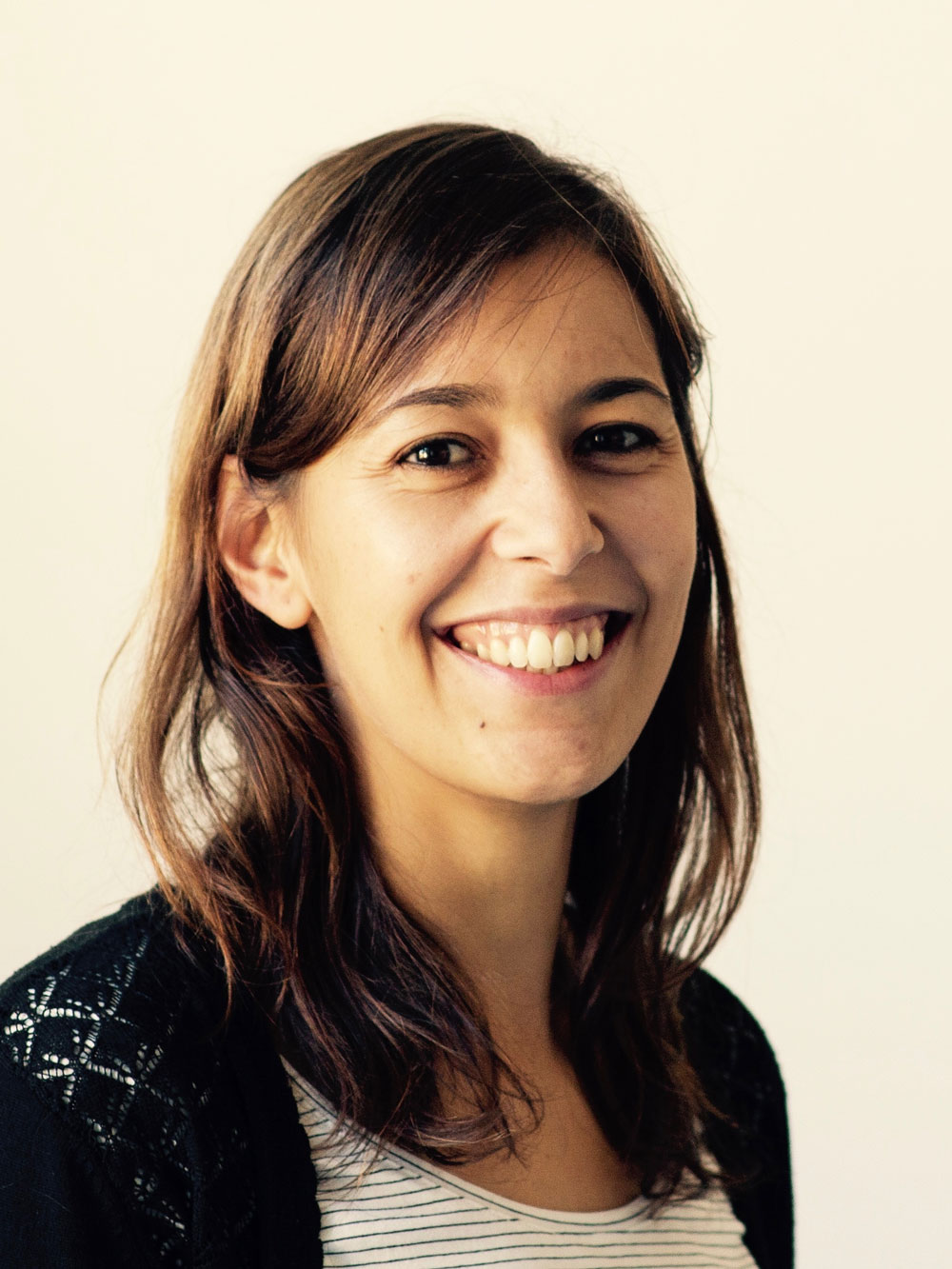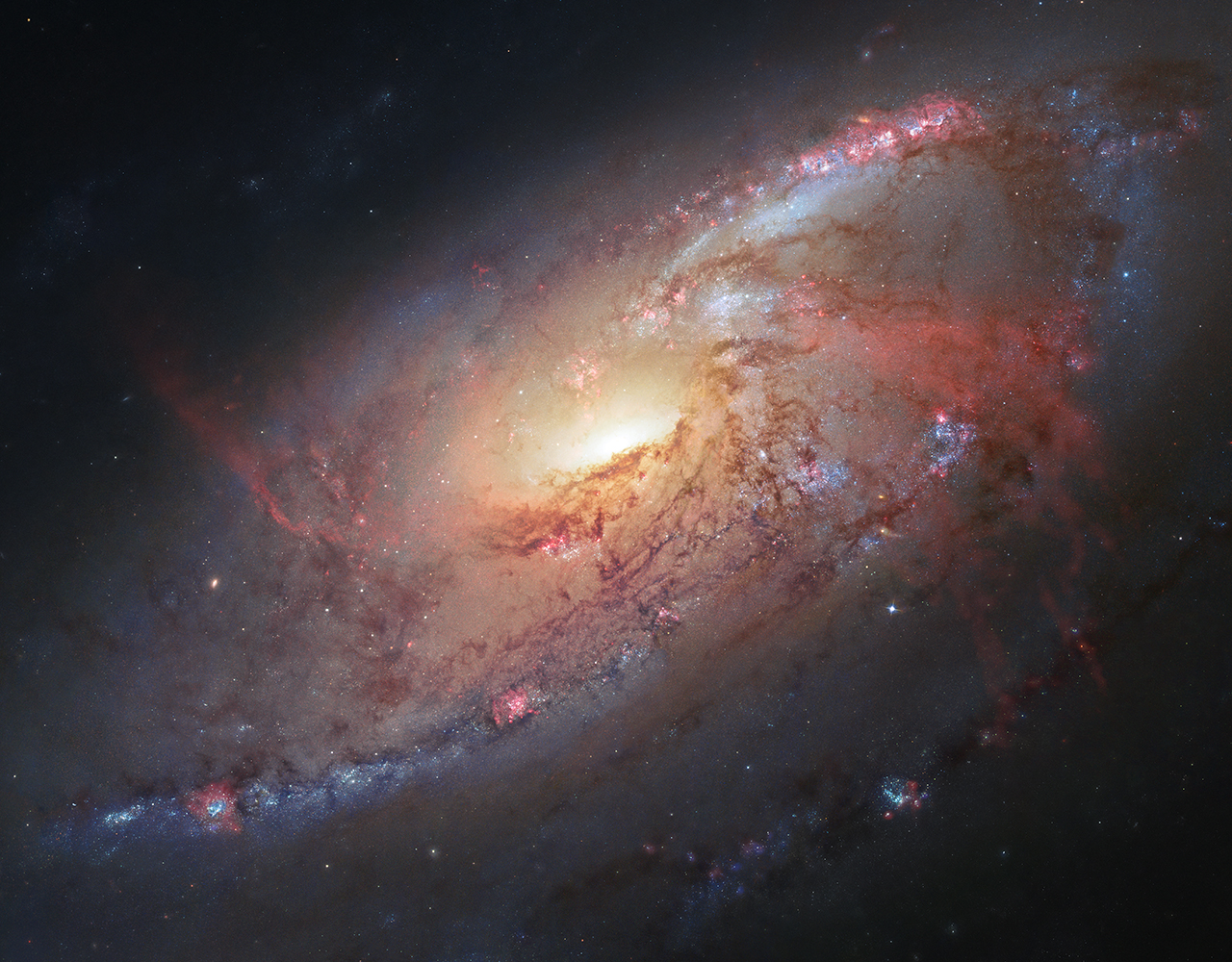Marie Sklodowska Curie Global Grant goes to Sandra Raimundo from the Niels Bohr Institute
Sandra Raimundo from the DARK Cosmology Centre at the Niels Bohr Institute, University of Copenhagen, receives the Marie Sklodowska Curie Global Fellowship. She will be spending two years of the grant period at the University of California, Los Angeles, USA, after which she has chosen to come back to the Niels Bohr Institute. The objective of the grant is to improve the researcher’s profile, get training in an international research environment and transfer the knowledge back to the original research institution. “The idea is basically a knowledge transfer between the two host institutions”, Sandra Raimundo explains. There will be two hosts, one at each institution, who will be collaborating in the project.

The main subject for the grant period will be supermassive black holes. Or rather, the relation between the supermassive black holes and the galaxies in which they exist. “We know that in the center of galaxies supermassive black holes of one million solar masses and above exist. But we are not sure how they were formed, or how they got to be so massive”, Sandra Raimundo explains. Roughly speaking, there are two types of black holes: The stellar mass black holes that form when stars die, which are around ten times the mass of the sun. The other type are the super massive black holes, like the one in the center of the Milky way, which is a little more than 4,000,000 solar masses. Much, much heavier, in other words.
Black holes and galaxies live in relationships – but how?
There is evidence that galaxies and black holes co-evolve. One of the main elements in Sandra Raimundo’s research is answering how gas in interstellar space gets to the black hole, as black holes grow when they accrete material from their surroundings. But what controls the amount of gas? “Some of the black holes emit a huge amount of energy to their surroundings in this process. Sometimes the black hole actually outshines the entire galaxy in which it is situated”, Sandra Raimundo explains. “We believe the super massive black holes affect the galaxy as a whole, when they are in this active state, because of the enormous transfer of energy. The gas is the fuel that powers these events, so if we learn what controls the flow of gas to the black hole, what causes it to stop or increase, it would help us understand why some black holes are active, emitting energy, and why some are not”.
The physical process of transporting material through space is, in other words, key to understanding the process, and the physics governing it will be yet another matter of Sandra Raimundo’s research.

Observations will start in the neighborhood and move farther away later in the project
It is necessary to probe the transport of material through space on a variety of scales, from solar system sizes to galaxies engulfing each other. For this reason, the project depends on observations from nearby galaxies to begin with, as the scales are simply easier to see with the instruments available. “But later on, when we understand the physical processes better, we can extend our study to the more distant galaxies, where our instruments are not able to see the region around the black hole as it is. If we understand the physics, we will be able to understand what happens, even in the more remote galaxies”, Sandra Raimundo explains.
State-of-the-art telescopes and instruments will be used for the project
Sandra Raimundo will use instruments such as ALMA (Atacama Large Millimeter Array, Chile), the VLT (Very Large Telescope in Atacama, Chile) and the Hubble Space Telescope. The new integral field unit in the future James Webb Telescope will be important as well. These instruments will be able to distinguish the small scales of the galaxies and to determine the velocity of the stars and gas. “With this information, we can make models of the dynamics of the gas transport. What we want is to combine the small scales around the black hole with the large scales, so for this purpose we must be able to use these powerful instruments to detect the small scales first”, Sandra Raimundo explains.
The ultimate goal of the project
Sandra Raimundo describes her dream-outcome of the project as the ability to determine the physical processes transporting gas at different scales and to find the “universal model” that would work on all galaxies. Which processes increase or stop the gas flow to the black hole? This would answer why some black holes emit energy to their surroundings and some do not. Another important question to answer is why gas or stars entering a galaxy sometimes rotate in the opposite direction of the galaxy rotation, and how this dynamical feature influences gas flow into the black hole. Answering these questions will be important for a wide field of further research.
Sandra Raimundo will be working with project hosts Matthew Malkan at UCLA during the outgoing phase and Marianne Vestergaard at the Niels Bohr Institute during the incoming phase. The project has a duration of three years, with two years in the USA and one at the Niels Bohr Institute. Sandra Raimundo will start the project during the autumn of 2020.
